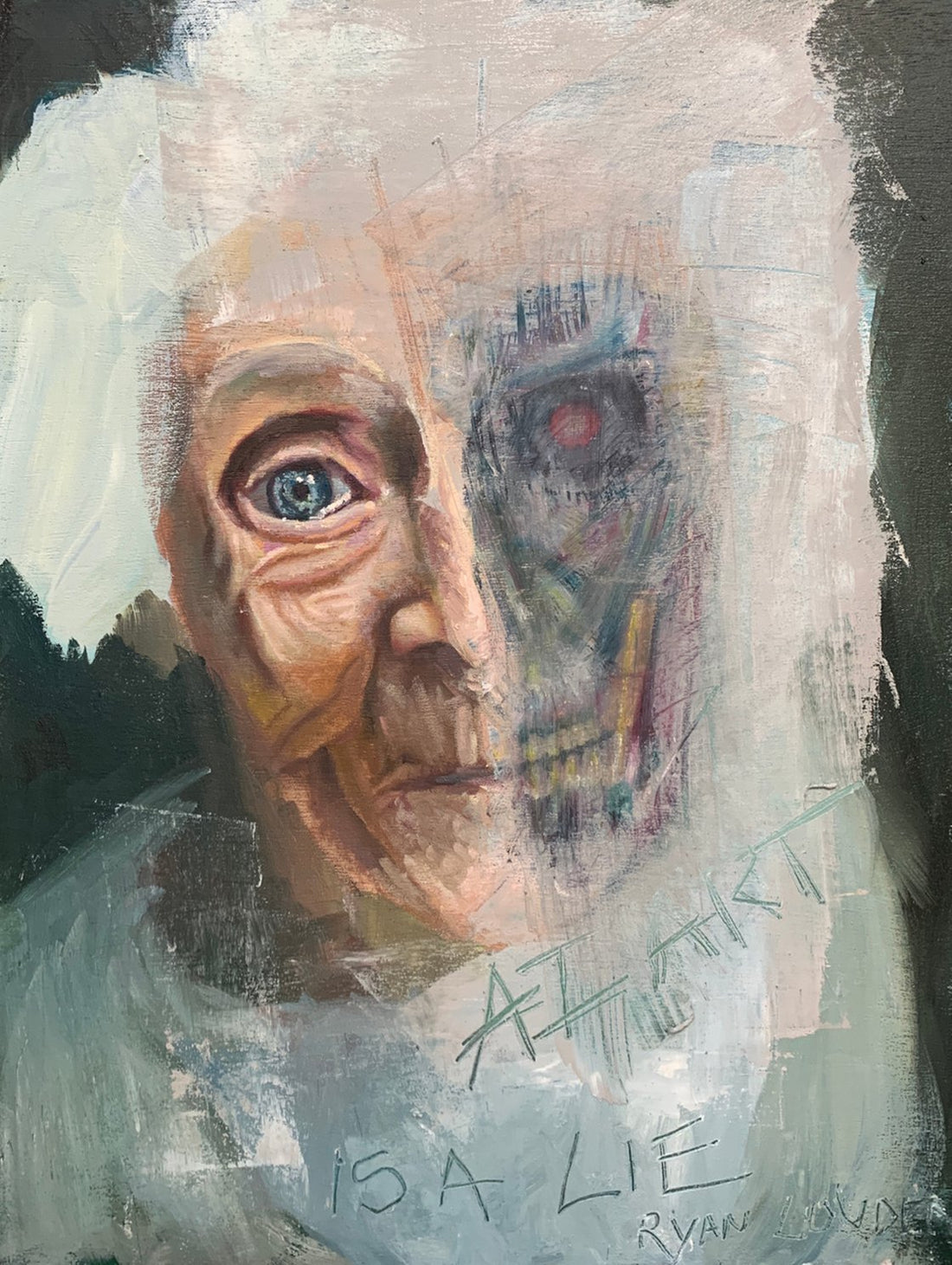
The AI Takeoff: Why We’re in the Fast Phase
Share
The AI Takeoff: Why We’re in the Fast Phase
Since 2016, I’ve followed artificial intelligence obsessively. Not just casually—properly obsessed. While painting, I’ve had lectures running in the background for hours, absorbing everything I can about neural networks, deep learning, and the exponential curve AI has been riding. And for years, I’ve been anticipating what’s happening right now.
We are in the fast takeoff phase.
For a long time, AI development followed a relatively predictable trajectory—gradual improvements, incremental advances. The gains were impressive but measured. Then, around 2017, transformers changed everything. The rate of progress started accelerating, and the world barely noticed. But I did.
At first, AI seemed confined to narrow tasks—beating humans at Go, generating plausible-sounding text, handling customer service chats. Impressive, but not shocking. Then came multimodal AI—models that could see, hear, and generate across different media. Then, AI started coding, solving complex problems, breaking ground in protein folding, and producing art that was unsettlingly good. The pace wasn’t just increasing; it was compounding.
This is the nature of exponential growth. For years, it feels slow. Then suddenly, it goes vertical. That’s where we are now.
What took decades of research can now be achieved in months. AI models that seemed cutting-edge six months ago now feel ancient. The cost of training models is plummeting while their capabilities are skyrocketing. And perhaps most importantly—AI is now improving itself. Auto-generated code, self-improving architectures, AI designing better AI. This is the feedback loop that accelerates everything.
People who weren’t paying attention are now scrambling to catch up. Those who dismissed AI as hype are suddenly surrounded by it. The world is waking up to what I—and many others who have been obsessively tracking this—already knew: we are at the knee of the curve, and things are only going to get faster.
What does this mean? It means everything changes. The jobs that were “safe” suddenly aren’t. The tools we rely on today will look primitive in a year. Creativity, reasoning, problem-solving—things we once thought were uniquely human—are now being challenged. It’s exhilarating. It’s terrifying. And it’s only just begun.
I am going to start blogging and talking about this openly. Up until now, I’ve kept my thoughts mostly to myself, absorbing everything, following the field obsessively, and integrating what I’ve learned into my own creative process. But at this point, I feel I have something to contribute—an understanding not just of AI itself, but of its trajectory, its implications, and the crossroads we’re standing at.
I’ve spent years developing an expertise and an overall understanding of AI and our future. I’ve listened to both the optimistic vision of Elon Musk, where AI leads to a world of abundance and unimaginable progress, and the darker, more cautionary perspective of Eliezer Yudkowsky, who warns of existential risks that could spiral beyond our control. These are two extremes, but the reality will likely fall somewhere in between—though where, exactly, is still uncertain.
What I can offer is something different: an artist’s perspective on the future of human creativity in a world where AI is accelerating beyond anything we ever imagined. The fundamental question isn’t just whether AI will replace certain jobs or industries—it’s whether human creativity will still have meaning when machines can create at a level indistinguishable from or superior to us. Even in the most optimistic future, where scarcity is eliminated and abundance is the norm, the challenge won’t just be survival—it will be purpose.
As AI reshapes the world, the battle won’t just be about intelligence or economics. It will be about what it means to be human in an era where we are no longer the most intelligent, creative, or capable entities in existence. This is the conversation I want to have. And it starts now.